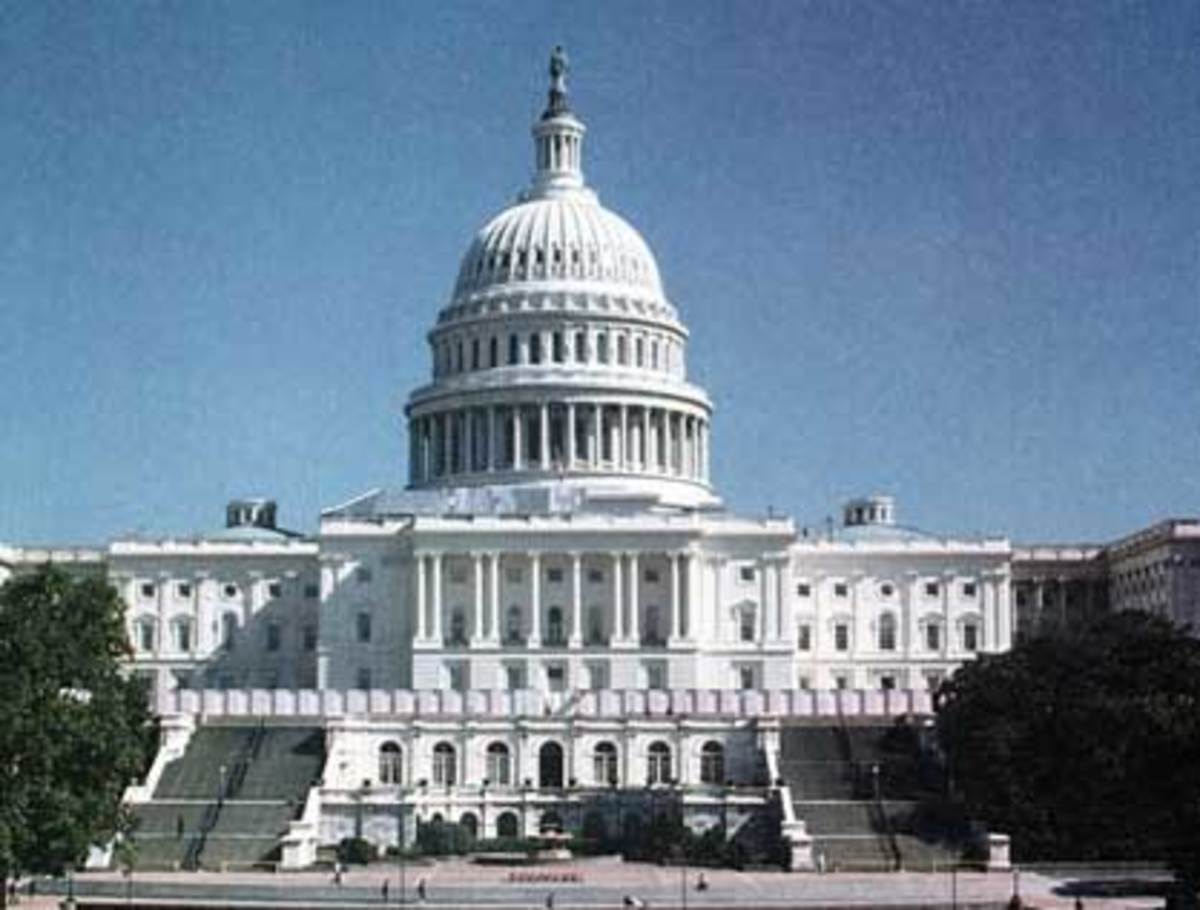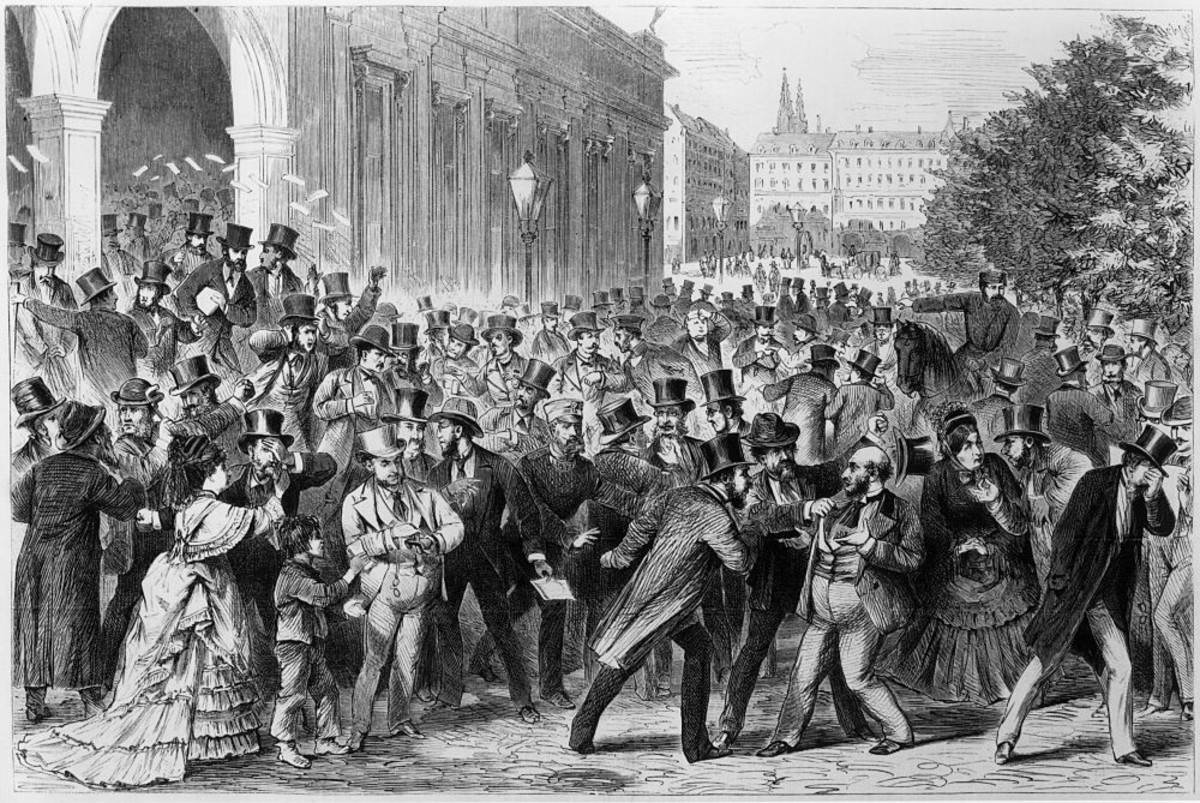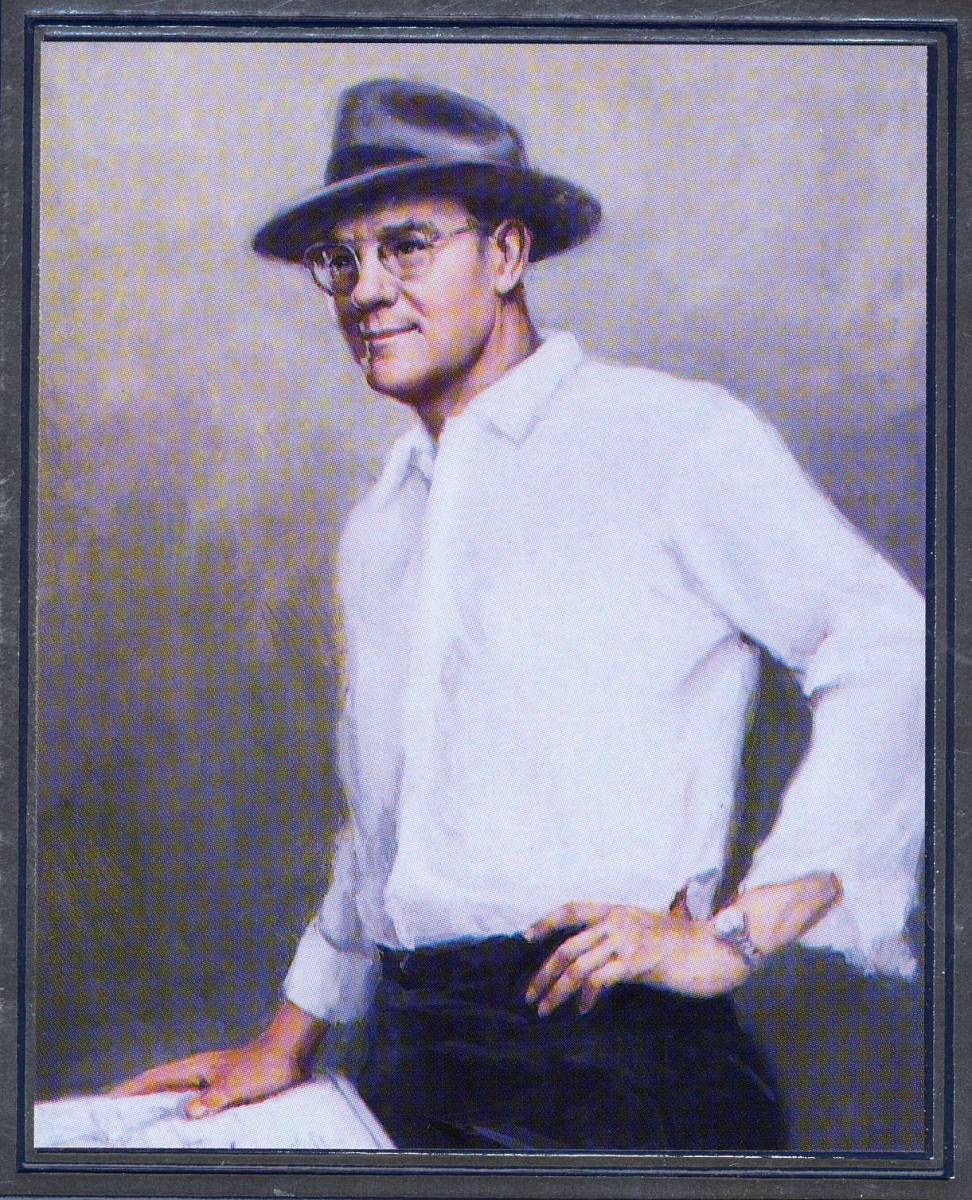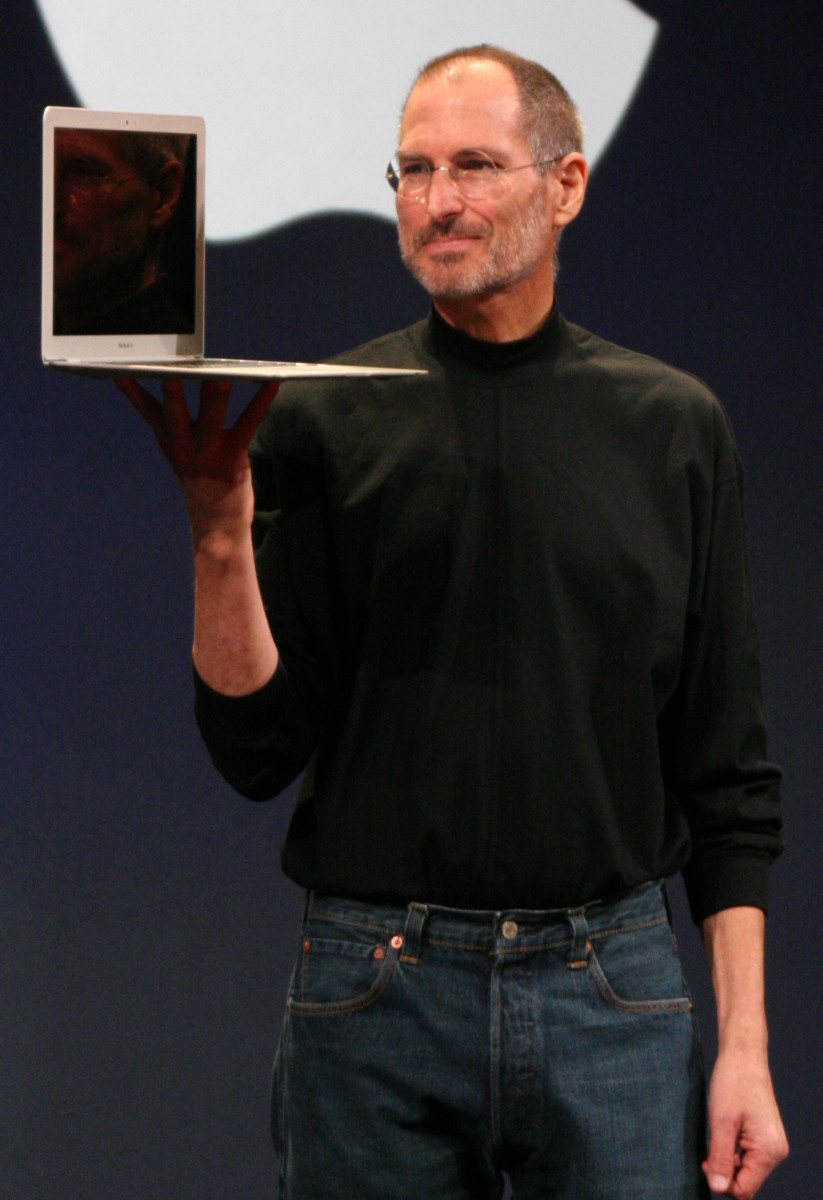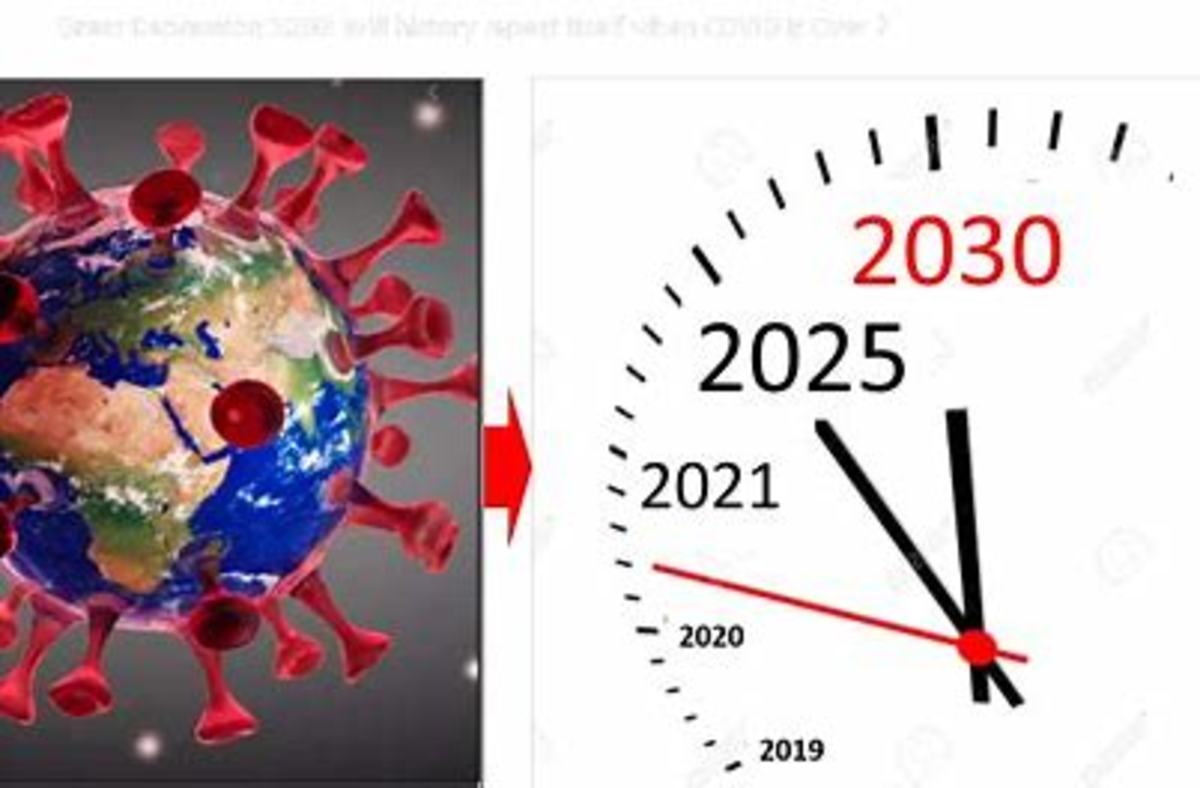President Obama and His Luddite View of Bank Teller Machines
President Obama's Luddite Economic Philosophy
June 18, 2011
This past Tuesday, June 14, 2011, U.S. President Barack Obama made, what is being hailed by conservatives as one of the dumbest economic comments ever when, during an interview with Ann Curry on the Today Show, he said:
“There are some structural issues with our economy where a lot of businesses have learned to become much more efficient with a lot fewer workers. You see it when you go to a bank and you use an ATM, you don’t go to a bank teller, or you go to the airport and you’re using a kiosk instead of checking in at the gate.”
While I agree that the President’s statement sounds like something from an early nineteenth century Luddite rather than from the mouth of the twenty-first century leader of the world’s largest economy, I am forced to admit that at least part of the President’s statement has some truth to it.
In the President’s defense, it is true that the U.S., and world, economy for that matter, is undergoing a structural change.
It is also true that business is becoming more efficient and using fewer workers.
The current recession, coupled with the misguided policies of the President and the Reid-Pelosi Congress, have forced businesses to accelerate their efforts in the direction of becoming leaner and more efficient.
However, both the trend toward greater efficiency and the structural changes occurring in the economy have been ongoing for years before the recession.
What the President fails to understand is that the economy is dynamic and structural change is ongoing part of a dynamic and growing economy.
It is policies, like the ones he is enacting and trying to enact that are causing the fear and uncertainty that is making investors and business leaders hesitant to expand by hiring more people.
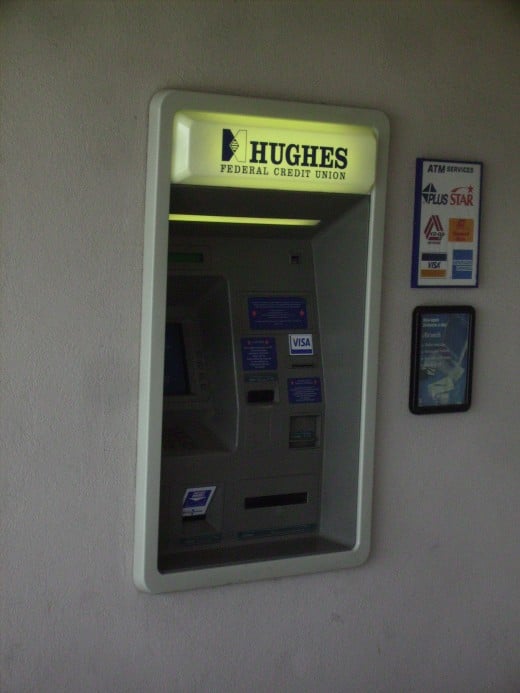
President Obama's ATM Comment Was Pure Economic Nonsense
As to using bank ATM machines and airline ticket kiosks in airports as examples, this was pure nonsense on the part of the President.
If anything, there are more teller jobs and more airline customer service jobs now than before the advent of ATMs and airport ticket kiosks.
A June 16, 2011 posting, titled An ATM and kiosk industry response to President Obama, by Tom Harper on the ATM Marketplace blog easily refutes the President’s example using government statistics.
Anyone who is out and about in any city in the United States will have a difficult, if not impossible time, not seeing a bank or credit union building.
By simply visiting a grocery store, one usually encounters a bank branch inside the store as they push their grocery cart from one aisle to another and even these mini-branches are staffed by tellers.
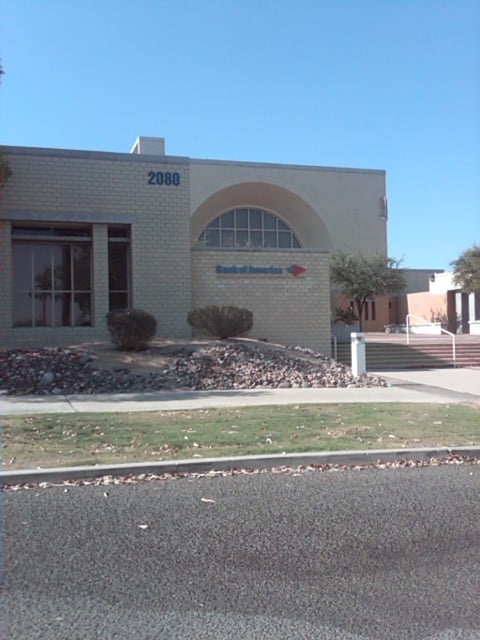
Harper, in his blog piece cites U.S. Bureau of Labor Statistics figures showing that bank teller jobs increased from 453,150 to 556,320 between 1999 and 2010.
This was an increase of 103,107 new jobs in an eleven year period that occurred some three decades following the introduction of ATMs in the United States in the late 1960s and early 1970s.
Citing FDIC (Federal Deposit Insurance Corporation) data, Harper writes that the number of bank branches in the United States grew from 81,444 in 1992 to 99,109 in 2010.
He goes on to cite FDIC data showing a growth in overall bank employment (and the FDIC data do not include credit unions which underwent major expansion in buildings, ATMs and employment during this period) from 1.8 million in 1992 to over 2 million in 2010.
This despite the fact that by 2010 the ranks of bank employees, along with workers in other industries, had been thinned considerably by the start of the recession in late 2007.
If Harper Had Looked Back Further, the Increase in Bank Tellers Would Have Been Mind-Bogling
Unfortunately, Tom Harper did not research back to the 1960s for his employment data.
The increase in the number of tellers and other employees in banks and other depository financial institutions between the late 1960s, just before the introduction of ATMs in the United States, and today would be incredible.
Finally, Harper also points out the fact that ATM machines and airport ticket kiosks don’t simply fall out of the sky and blanket the countryside like new fallen snow.
They also don’t automatically load and service themselves.
Instead, thousands of people are employed to manufacture and service them. While some of these are included among the 2 million bank employees, most of them are in addition to the two million currently employed directly by the financial industry.
This, Mr. President, is called progress and economic progress always leads to increased employment and incomes (as well as more tax revenues for the government)
In the 1960s, Luddites Predicted That Bank Branches and Teller Jobs Would Disappear
Of course President Obama, who was born in 1961, would have been a young child of about ten or twelve when ATMs started to become common in the early 1970s
Given the left leaning, Luddite thinkers that seem to have surrounded him throughout his life, the predictions of these people in that era could have sunk into his subconscious and surfaced during the Ann Curry interview.
Unfortunately for the President and his economic ideas, the predictions of the Luddites of the 1960s that the widespread use of ATMs would result in bank branches vanishing never came true. Instead bank branches, and the need for more tellers to staff them, multiplied like rabbits.
Of course, just as the introduction of ATMs didn’t lead to the elimination of bank branches and teller jobs, it also was not responsible for the phenomenal growth of bank branches and teller jobs.
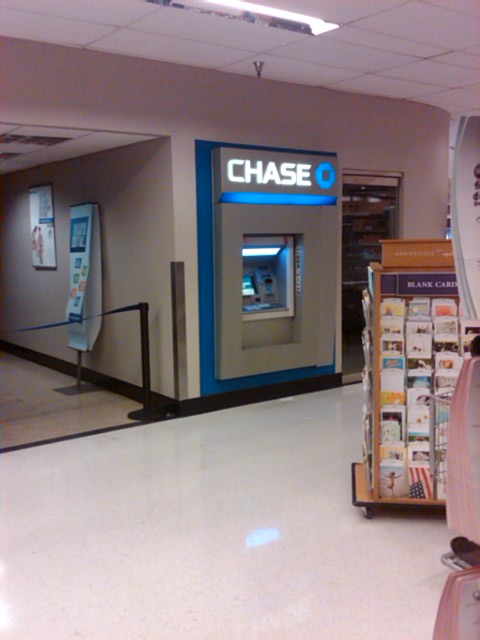
Removal of Government Regulations Resulted in Vast Expanison in Teller and Airline Check In Jobs
The catalyst behind the vast expansion of both the banking industry and airline industry was the deregulation of both of these industries which began in the 1970s.
It was the removal of the massive regulations, most dating back to Franklin Roosevelt’s New Deal, which not only severely restricted what both industries could offer in terms of services to customers but also shielded local banks and airline routes from competition.
The result was a banking industry that catered mainly to business with loans and checking accounts but also offering some checking and passbook savings accounts to mostly affluent customers.
Checking accounts paid no interest, but usually came with fees while the Treasury Department’s Regulation Q made it illegal for banks to pay more than 5% on consumer passbook savings accounts.
This was well below the 20% plus annual inflation the nation endured thanks to the misguided economic polices of the Johnson and Carter Administrations.
Like banks, the airline industry was a government backed cartel in which individual airlines were protected from competition by government regulations which effectively divided up the small number of passengers, who could afford to fly, between them.
Given the relatively small, and mostly captive, customer base enjoyed by companies in these two industries there was little need for them to expand capacity by hiring additional employees or labor saving equipment.
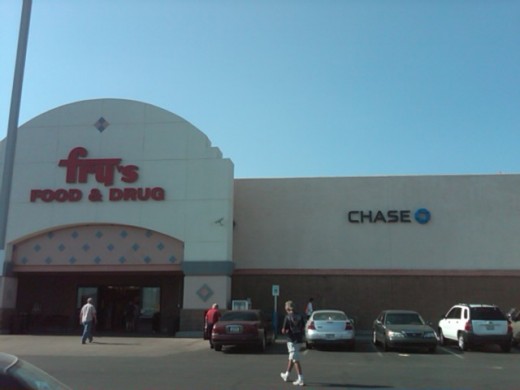
Competition Led to More Customers Which Led to the Creation of More Jobs
However, with deregulation came competition and with competition came lower prices and increased product and service offerings. Lower prices meant more customers and more customers meant that capacity had to increase.
This resulted in a vast expansion of banks and bank branches and the need for more tellers to work in them. For the airlines expansion meant more and bigger airplanes as well as more airlines.
With government monopolies, like state automobile license bureaus or medical services in nations with socialized medical services, an expansion in consumer demand results in making people wait in long lines.
Customers don’t like this and in a competitive free market the solution is not long lines but more customer service and convenience.
Hence the proliferation of bank branches and tellers to staff them, and a vast increase in ticket agents and other personnel at airport airline check in counters.
Of course there are limits to the amount of counter space at airports and banks as well as the number of people available to staff these counters even when they can be enlarged.
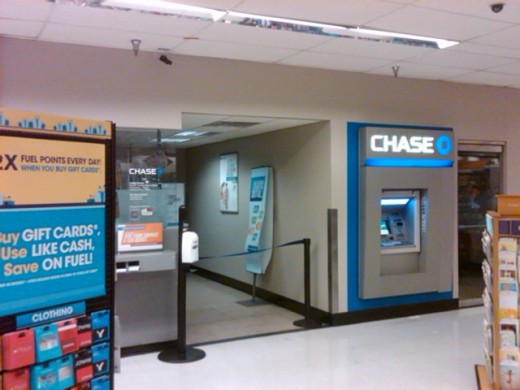
Despite Massive Replacement of Farm Labor by Machines, Most of Us are Still Employed in Other Areas
Since at least the dawn of the Industrial Revolution, Luddites and their intellectual heirs have been warning about mass unemployment as machines replace humans in the workplace.
But consider this. At the time of the American Revolution over 90% of the American people were employed in agriculture. According to WikiPedia, as recently as 1870 we still had 70% to 80% of the population engaged in agriculture.
Today, less than 5% of the American population is employed in agriculture. Yet that tiny portion of the population, using labor saving machinery, not only grows enough food to feed this vast nation but also produces enough to make America a major agricultural exporter.
As for the other 95% of the population, despite warnings from the descendants of the Luddites and misguided government policies by Progressive politicians attempting to preserve agricultural jobs, free market led economic growth has produced an abundance of non-farm jobs to keep most of this 95+% employed.
Sources for Further Reading
- An ATM and kiosk industry response to President Obama | ATM Marketplace
President Obama's comments on the Today show cast blame on the ATM and kiosk industries for the sluggish job recovery. Here are facts that disagree. - TheDC Morning | The Daily Caller
TheDC Morning: Obama thinks ATMs cause unemployment

